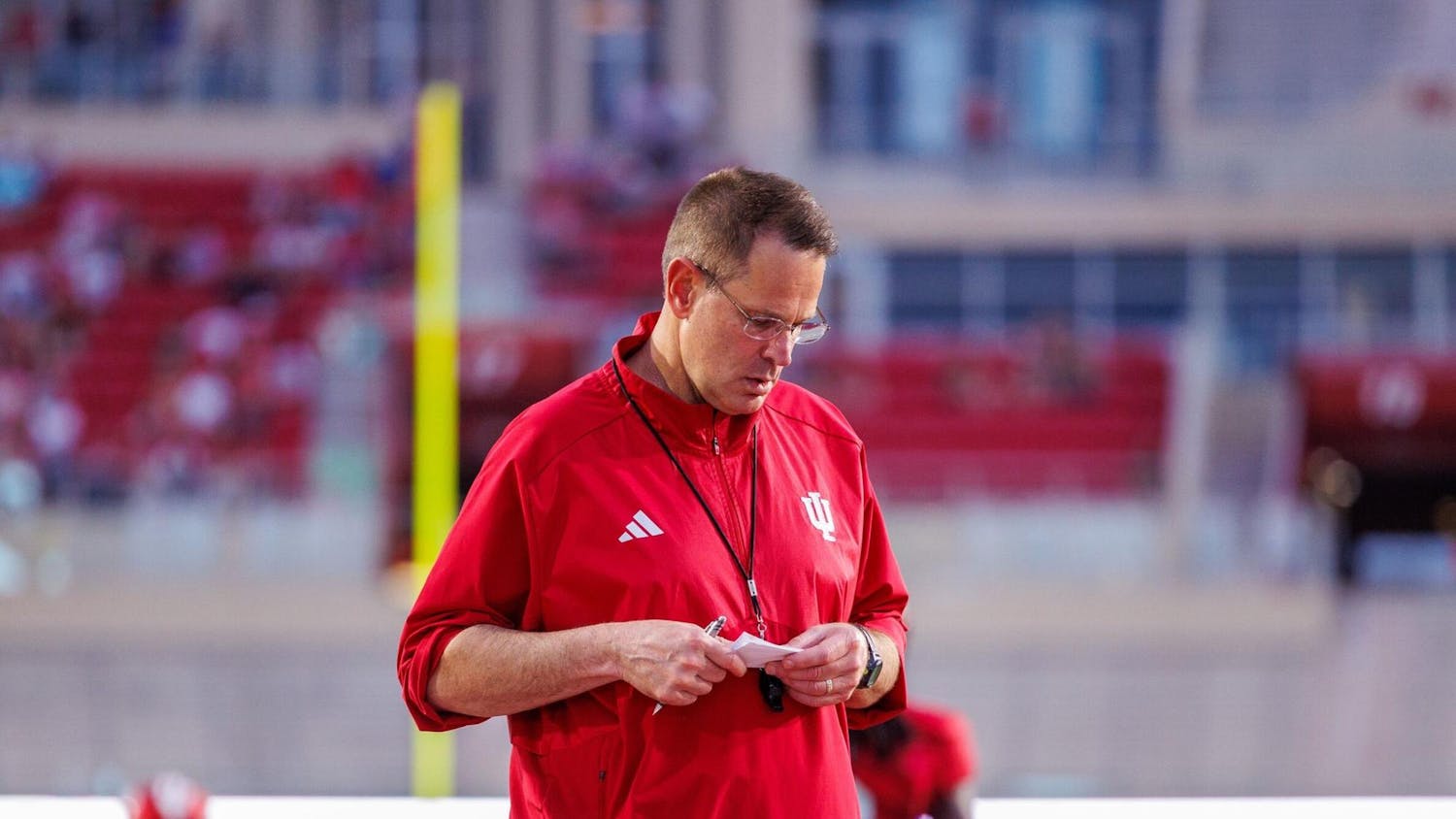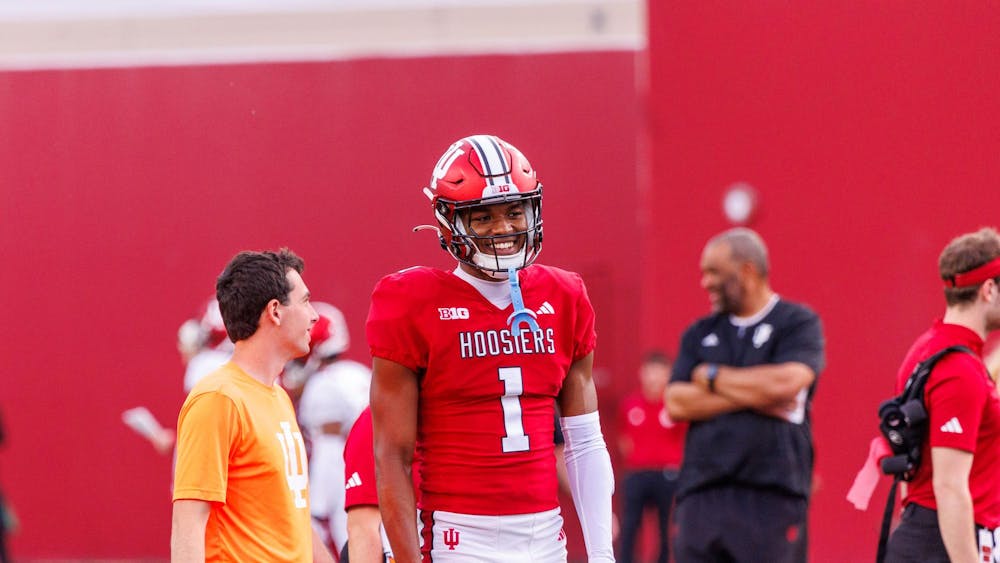Incoming freshmen can breathe a sigh of relief. Congress has ruled to freeze interest rates on subsidized Stafford loans at 3.4? percent.
Nationwide, that will save an estimated 7.4 million students about $1,000 on their loans.
A year from now, however, the interest rate on new student loans is set to double.
“The 6.8 percent is the ceiling, so when this federal program began many years ago that was the maximum amount that Congress could even allow the interest rate to float up,” Director of Student Services Roy Durnal said.
“They made all those loans a fixed interest rate so it would be a specific amount and not float up and down, and then instituted a stair step where the interest rates dropped over a two- to three-year time to 3.4 percent. It was part of an overall education bill that was trying to make college more affordable and students less dependent on high loan debt.”
The future increase will benefit the U.S. Department of Education.
The DOE is set to lose about 10 percent of its 2012 funding due to Congress’ ruling.
This funding provides grant, loan and work-study assistance to more than 15 million post-secondary students nationwide.
By freezing the interest rate, DOE student awards may decrease this coming year.
In 2011, 40 percent of IU undergraduates relied on federal loans to fund their education. Two percent qualified for work-study.
The primary motive behind freezing the interest rate was to make college more
affordable.
“I think 3.4 percent is reasonable, and 6.8 is a little bit high given today’s economy,” Durnal said.
He then cited other common, long-term loans students and families might take.
In 2011, auto interest rates averaged 5.6 percent, according to Bankrate.com, and Indiana Housing reduced its mortgage interest rate to 3.5 percent.
Durnal said it doesn’t make sense that interest rates on homes or cars would be lower than on education loans.
He believes investment in a college degree provides students a greater long-term reward.
“It kind of seems a little bit backwards that education loans would be more expensive than some of those other loans would be,” Durnal said.
Despite loan interest rates, the overall cost of a college education has increased.
Between 1982 and 2007, college tuition and fees increased nationally to 439 percent, while the median family income rose only 147?percent, according to the National Center for Public Policy and Higher Education.
Tuition at IU jumped 9.7?percent between 2008 and 2011 alone.
“What we want to do is try to make college not just more affordable but lessen the burden of loan debt for students,” Durnal said.
“That takes a lot of different mechanisms over a long period of time, and part of that has to start with the Department of Education making loans available for students at a reasonable interest rate.”
Congress votes to freeze rising interest rates on subsidized student loans
Get stories like this in your inbox
Subscribe





